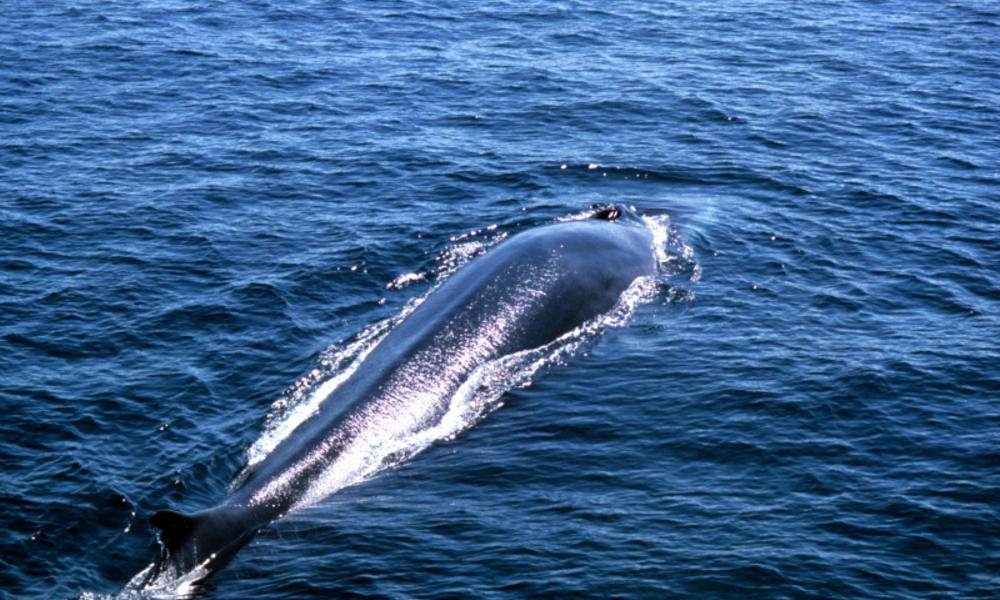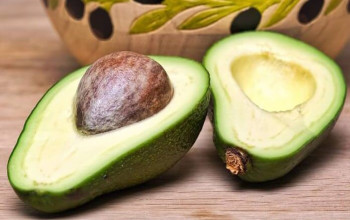Blue whales are amazing, incredibly large mammals that swim around our oceans, with a scientific name of Balaenoptera Musculus. They are known to be the largest species of baleen whale that would reach up to 150 tons, and reach a length that would exceed 30 meters. The biggest blue whale ever accurately measured was a 29.5-meter female and weighed 180 tons.
Blue whales have mostly colored blue-gray with much lighter gray spots that would appear so as if they were patted on with a massive paintbrush. In this article, we would be talking about some blue whale facts that would surely make your mind boggle. Let’s see how many of these facts you already know.
Baleen Whales
Whales are categorized into two groups, whether they have teeth or they have baleen plates. Blue whales are known to be a species of baleen whales as they don’t have any teeth but instead baleen plates, which they use for feeding.
They use these baleen plates as a filter-feeding system that would trap krills whenever they suck in a huge quantity of water when feeding. These blue whales have an average of 270 - 395 baleen plates in their mouths that are closely placed on one another.
Preyed Only By Two Predators
As you all know, blue whales are incredibly large creatures and are the largest living creature on the planet. It would be considered a crazy act if you prey on them, but even with their huge size, they are still hunted by only two species of animals. The only recorded attack on blue whales by animals is the killer whales, but their primary predators are humans.
Blue whales are now considered to be at risk of being extinct, and they are already under the Endangered Species Act. The number of blue whales has been falling since the early 1900s. NOAA Fisheries are one of the organizations that are set on preserving and restoring blue whales worldwide.
Immense Dietary Plan
Blue whales only set their eyes on tiny krills such as crabs, shrimps, prawns, etc., and would be able to consume about 40 million krills in one day. Just think about how much food is that! Forty million krills would weigh as much as 3,000 kilograms. Considering their size, they surely need a lot of nutrients to function, such as huge body parts.
Blue whales usually scour the oceans in small groups or in pairs, and they normally spend their summers feeding in freezing water temperatures and take long migrations to the Equator when wintertime comes.
Blue whales Reproduce Slow
Researchers have so little knowledge about the history of blue whales. The best available report suggests that incubation of blue whales is approximated to be 10 to 12 months, and newborn calves (yes, they baby blue whales are known as a calf) are nursed for 6 to 7 months.
Blue whales usually mate when they reach sexual maturity which is believed to be 5 to 10 years, this is the time when they start looking for mating partners, and the mating interval is 2 to 3 years. Most sexual activity, which is both mating and births, only takes place during the winter.
Takeaway
So, now you know some of the facts about these incredible creatures. Which and how many of them do you already know? What was your reaction when you found something mind-boggling about these animals?
If you want to have an amazing picture with these blue whales, they can be regularly seen in various places such as the Gulf of St. Lawrence, off the coastline of Monterey, California, and in Baja California, Mexico.





























